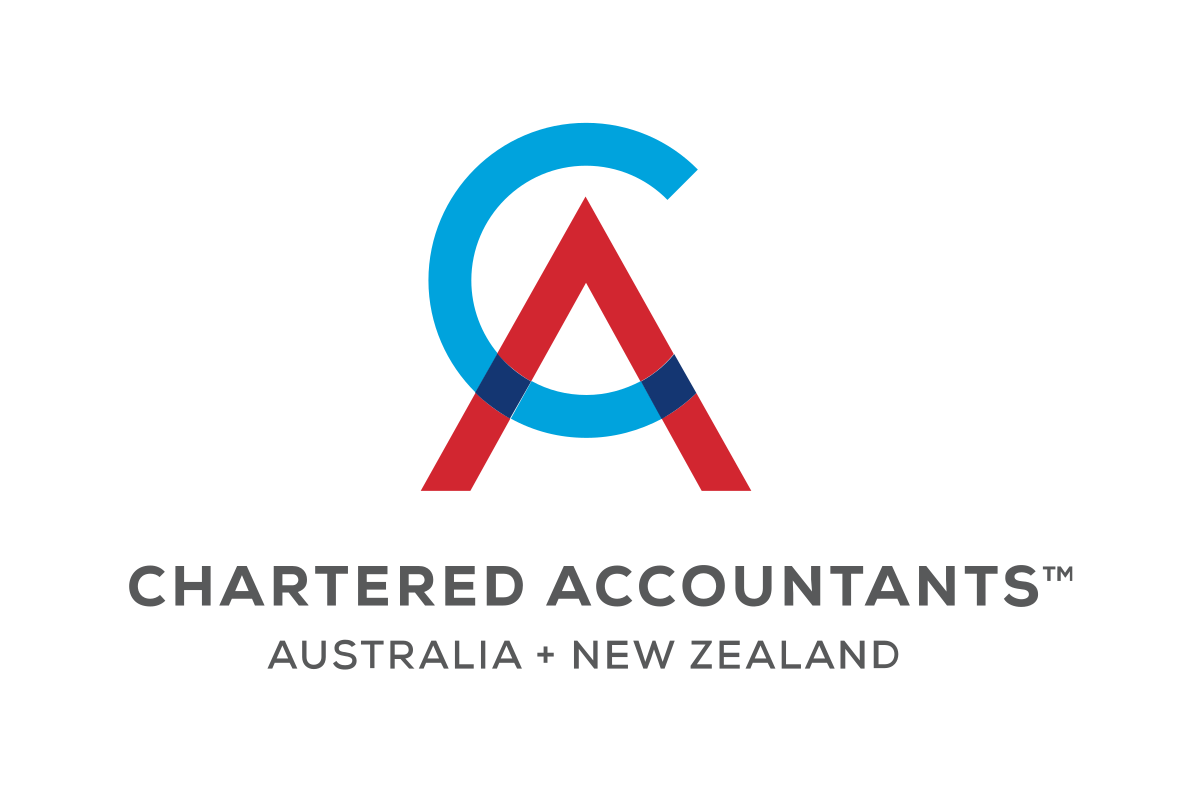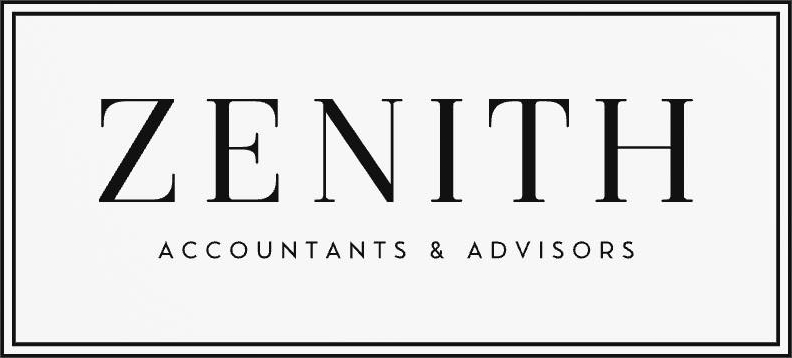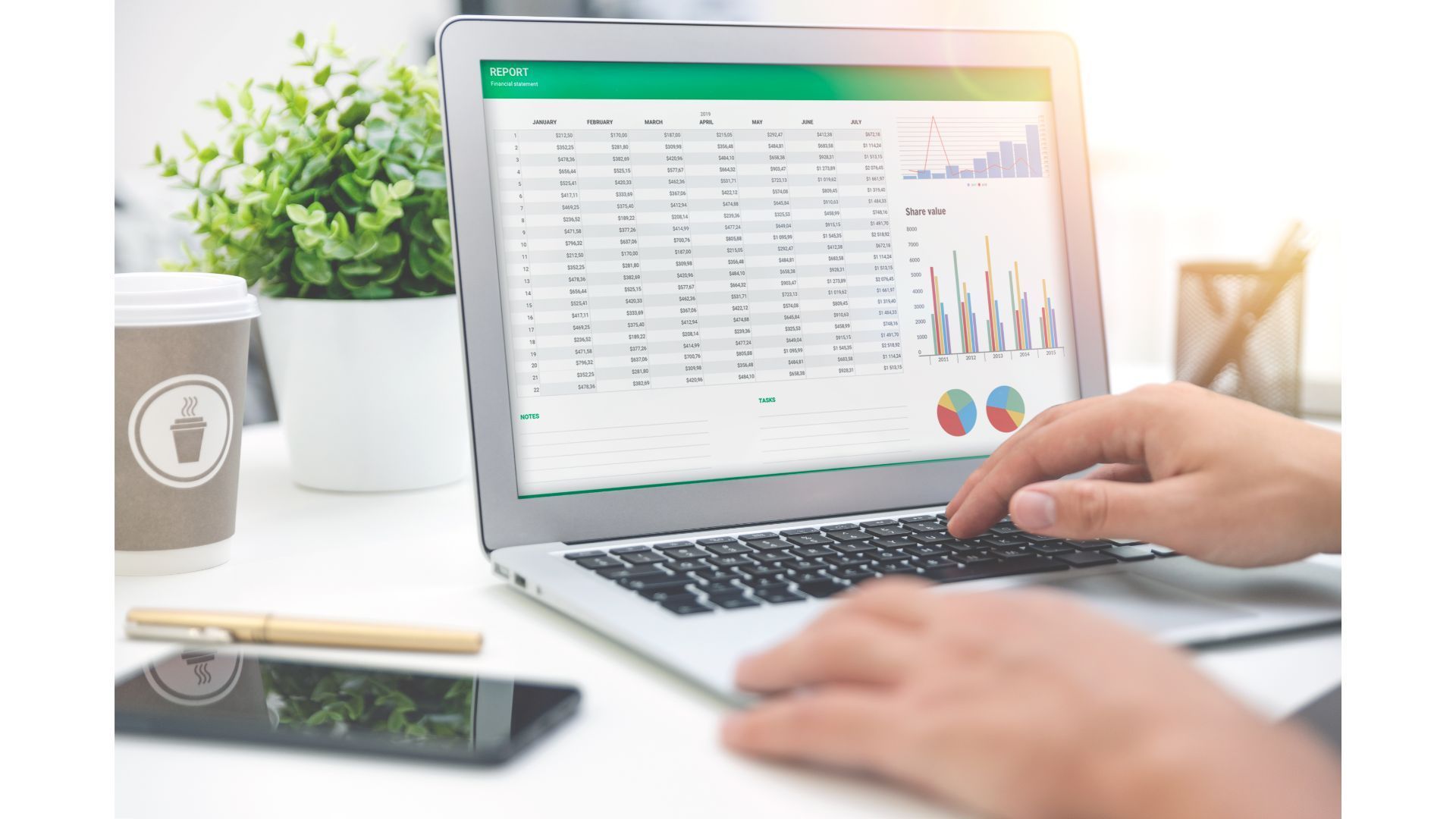What are Dividends and How Do They Work?
What are Dividends?
Dividends are a form of income that shareholders receive from their investments in a company. They represent a portion of the company's earnings that is distributed among its shareholders.
Typically, dividends are expressed as a fixed amount per share, meaning the more shares an investor owns, the larger their dividend payout.
Dividends are a key way for investors to earn returns on their investments, in addition to potential capital gains from the increase in stock value.
How Do Dividends Work?
Dividends are paid out of a company's profits, and the decision to issue a dividend, as well as its size, is made by the company's board of directors. Not all companies pay dividends; typically, stable and profitable companies are more likely to distribute dividends as they have sufficient earnings to share with investors.
The dividend payout can vary each period, depending on the company's profitability and its future investment plans.
A Dividend Example
For example, if a company declares a dividend of $0.50 per share, and an investor owns 200 shares, the investor would receive $100 in total (200 shares x $0.50). This payment is typically made two to three times a year, depending on the company's dividend policy.
Who Pays Dividends?
Dividends are typically paid by public companies that have stable and predictable profits. These companies are often in mature industries where there is less need to reinvest all profits back into the company. In Australia, sectors like banking, utilities and natural resources are known for paying regular dividends.
Who Receives Dividends?
Any shareholder of a dividend-paying company is eligible to receive dividends and the amount received depends on the number of shares owned. Dividends are a way for companies to reward their shareholders for investing in them.
Different Types of Dividends
There are primarily two types of dividends: cash and stock dividends.
Cash dividends are straightforward – they are payments made in cash to shareholders.
Stock dividends involve issuing additional shares to shareholders, allowing them to increase their equity in the company without investing more money.
The Benefits of Paying Dividends for Companies
For companies, paying dividends can signal financial health and confidence in future earnings, which can attract investors. It also rewards shareholders and can increase the stock's attractiveness in the market. Regular dividends can also discipline companies to maintain efficient operations to ensure consistent payouts.
Benefits of Dividends for Shareholders
Dividends provide shareholders with a regular income stream, which can be particularly attractive for those seeking steady income, such as retirees. They also offer a way to earn returns on an investment even if the stock price does not rise significantly.
Important Dividend Dates
Understanding dividend dates is crucial for investors.
The declaration date is when the dividend is announced.
The ex-dividend date is the cutoff for being eligible to receive the dividend – you must own the stock before this date.
The record date is when the company checks its records to confirm who the shareholders are.
Finally, the payment date is when the dividend is actually paid out.
How Are Dividends Paid Out?
Dividends are usually paid directly into the shareholder's bank account or brokerage account. Some companies also offer dividend reinvestment plans (DRIPs), where the dividends are used to purchase more shares of the company, often at a discounted price.
How Often Are Dividends Paid Out?
The frequency of dividend payments varies by company. It's common for companies to pay dividends twice a year (interim and final dividends), although some pay quarterly or annually. The frequency can depend on the company's earnings, industry standards and dividend policy.
Are Dividends Taxed?
Dividends are subject to taxation. However, the tax treatment is influenced by the franking credit system, which can offset the tax payable on dividends for Australian residents.
What are Franking Credits?
Franking credits, also known as imputation credits, are a tax credit that Australian companies pass on to their shareholders along with dividends. They represent the tax the company has already paid on its profits, thus preventing the same income from being taxed twice – once at the corporate level and again at the individual level.
How Do Franking Credits Work?
When a company pays a dividend with franking credits, the shareholder receives a credit for the amount of tax the company has already paid. This credit can be used to offset the tax on the dividend income, potentially reducing the shareholder's tax liability or leading to a tax refund.
What's the Difference Between Dividends and Franking Credits?
Dividends are a share of a company's profits paid to shareholders, while franking credits are a tax credit attached to dividends. Dividends provide income, whereas franking credits help reduce the tax burden on that income.
Conclusion
Dividends are a key component of investment returns for shareholders, offering a regular income stream and reflecting a company's financial health. In Australia, franking credits add an additional layer of benefit, reducing the tax burden on shareholders and ensuring a more equitable treatment of corporate profits.
Understanding dividends and franking credits is essential for any investor looking to navigate the Australian stock market effectively. By staying informed about these concepts, investors can make more educated decisions about their investments and optimise their financial strategies. If you’d like to speak to a professional
accountant or
financial advisor, get in touch with Zenith Accountants & Advisors on the Gold Coast.
Written By Tom Thynne
Tom is the director of Zenith Accountants & Advisors. With over seven years of public practice experience, Tom can see what it takes to make a business successful. Tom is a Chartered Accountant, Financial Planner, Registered Tax Agent and Certified Advisor in QuickBooks Online and Xero.
Address
Unit 2/43 Township Drive
Burleigh Heads, Gold Coast
Zenith
Accountants









